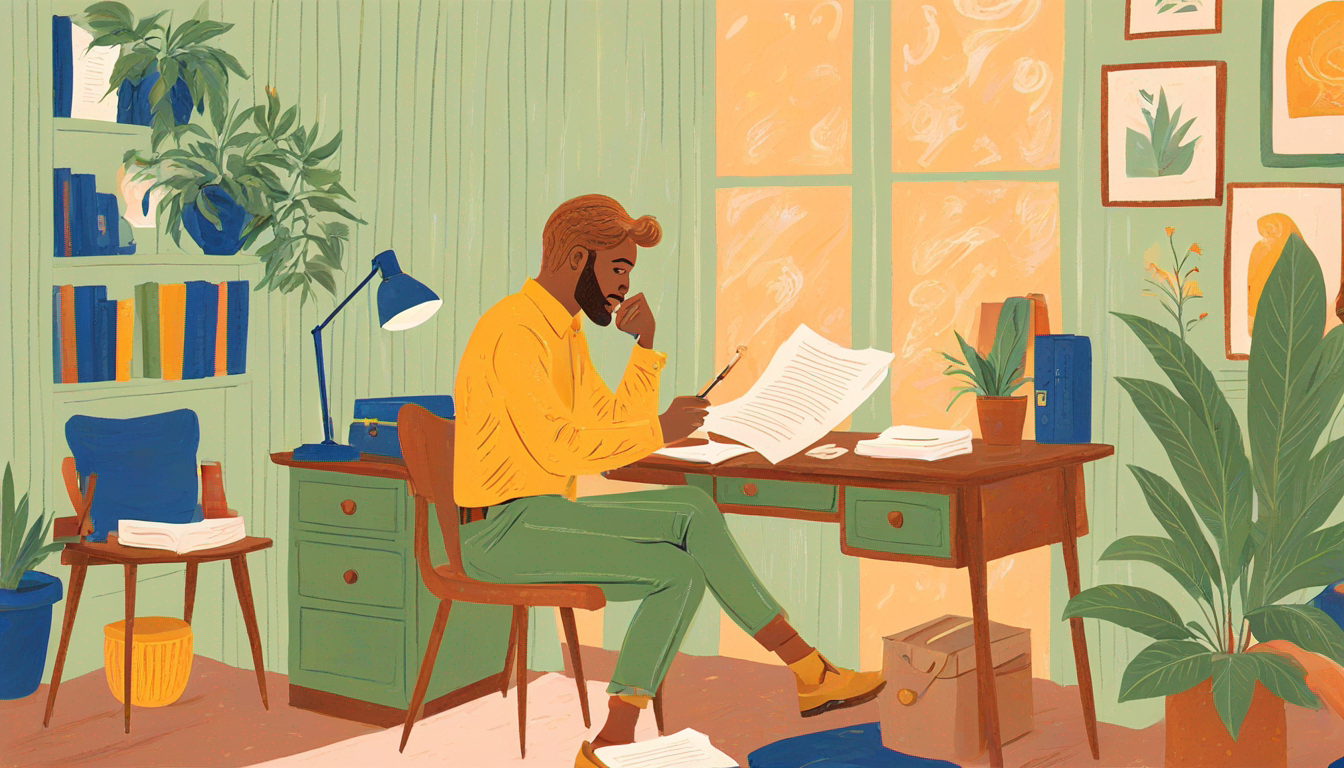Is the "Ethical" AI Approach Really More Fair?

Today, Adobe launched Firefly Image 3, a substantial quality upgrade. Amidst many ongoing lawsuits around AI image generators and on the tails of Stable Diffusion 3's launch, Adobe differentiates itself by claiming “we remain committed to developing generative AI responsibly with creators at the center.”
Although I admire Adobe's efforts to support C2PA, Firefly has four major copyright concerns that muddy their legal and ethical positioning. I believe it's important for publishers to consider these risks when evaluating Firefly and other ethical AI alternatives.
Adobe Stock Contributors did not specifically agree to license their images for the purposes of training AI models
Adobe claims the use of Adobe Stock images to train their Firefly AI model is covered under the existing contributor agreement, which grants Adobe rights to "develop new features and services" from the contributed content (source).
However, some contributors argue they were not explicitly notified or did not realize this broad language would allow Adobe to train an AI model that could potentially generate derivative works mimicking their art style.
“The Adobe Stock Contributor Agreement isn't at all clear about the use of contributor photos for this kind of thing. I expect backlash from stock photographers about the use of their images to train Adobe's AI model” wrote one artist in an ArsTechnical forum.
Since launching Firefly last year, Adobe has not updated its Stock Contributor Agreement - which predates the technology - to clarify the use of images to train Firefly. There is no mention of the Firefly Contributor Bonus in the Payment section of the agreement.
Adobe Stock Contributors cannot opt out of training Firefly
According to Adobe’s Firefly FAQ, it is impossible for an artist to Opt Out or stop Adobe from using their work to train AI models.
“We currently do not allow for an opt-out mechanism for Adobe Stock content, as this content is used for building AI models for a variety of existing and future Stock features.”
The training set includes synthetic images
On the webpage comparing Firefly vs Midjourney, Adobe says that Firefly users can “feel at ease knowing you’re creating AI images from data based on Adobe Stock....”
However, Adobe Stock accepts images uploaded from AI image generators. The company said that up to 5% of its training data is these synthetic images, undermining the claim that it only uses commercially-licensed content.
Firefly users do not have to prove ownership of for a stylistic reference
When using Adobe Firefly, you can upload a reference image to transform your generated image into that style. However, without moderation, users can easily generate with a photo they don’t have the right to use. It becomes easy to “borrow” the visual style of well-known artists without crediting them, paying them, or getting their permission, and there is a high risk of copyright infringement.
Below is an example of an image cast into the style of an artist who vocally asked not to have their images used with generative AI:
The underlying issue here is that Firefly and other AI image generators cannot attribute what styles have influenced the outputs, making it difficult to protect artists and enable them to see, own, content to, and profit when their work is used in the wild.
A better approach
I’m the cofounder of a startup called Tess. We are the first properly-licensed AI image generator, and I believe we have a much stronger legal approach to AI Image Generation than Adobe, Getty, and Shutterstock.
Tess ensures that artists are paid when the AI image generator produces work substantially similar to their own. To introduce a middle layer between the inputs (enormous training data) and a stylized image, Tess leverages Stable Diffusion as the underlying model and transforms each generated image with strong influence from 10-20 images. As a result, each Tess model generates art in a consistent visual style that is licensed directly, with permission.

In contrast to Adobe Firefly, Tess has more transparency for both user and contributor:
- Tess Contributors submit images knowing they will be used to train an AI model through a transparent contributor agreement. Our novel agreement specifies that the work will be use “to develop and improve machine-learning and artificial-intelligence technologies and generations,” and this use is evident in our payment model. As a result, we protect the livelihood of artists who set up a Tess model specifically for this purpose and the copyright of artists who choose not to participate.
- Contributors choose to participate on Tess or not, and we respect the rights of artists who do not participate by preventing users from generating in their style. The buyer knows whose work influenced the model and can contact the author of the visual style for custom commissions.
- Tess's Content Moderation team verifies contributors own the rights to images they submit for training data.
- Tess users cannot reference works or styles that were not specifically licensed for use with Tess
We believe that the Tess business model most clearly maps to the way clients commission human illustrators: you can’t control all the art that the person has seen in their life, but you can give them a reference or instructions of what you want drawn and refer to their past work for a visual style.
We launched into Beta last week – get on the waitlist by signing in at Tess.design or send us your thoughts at hello@tess.design.

